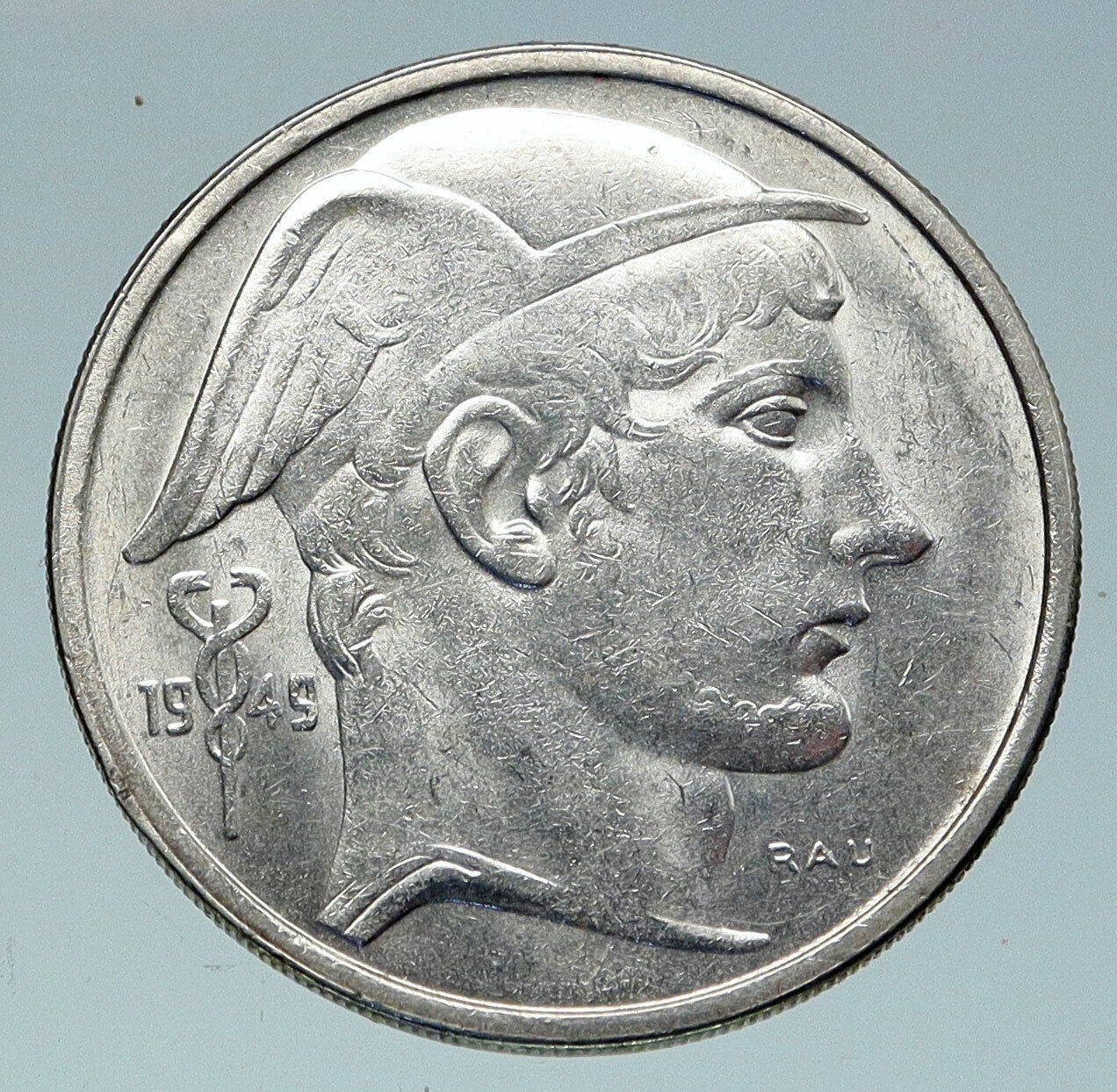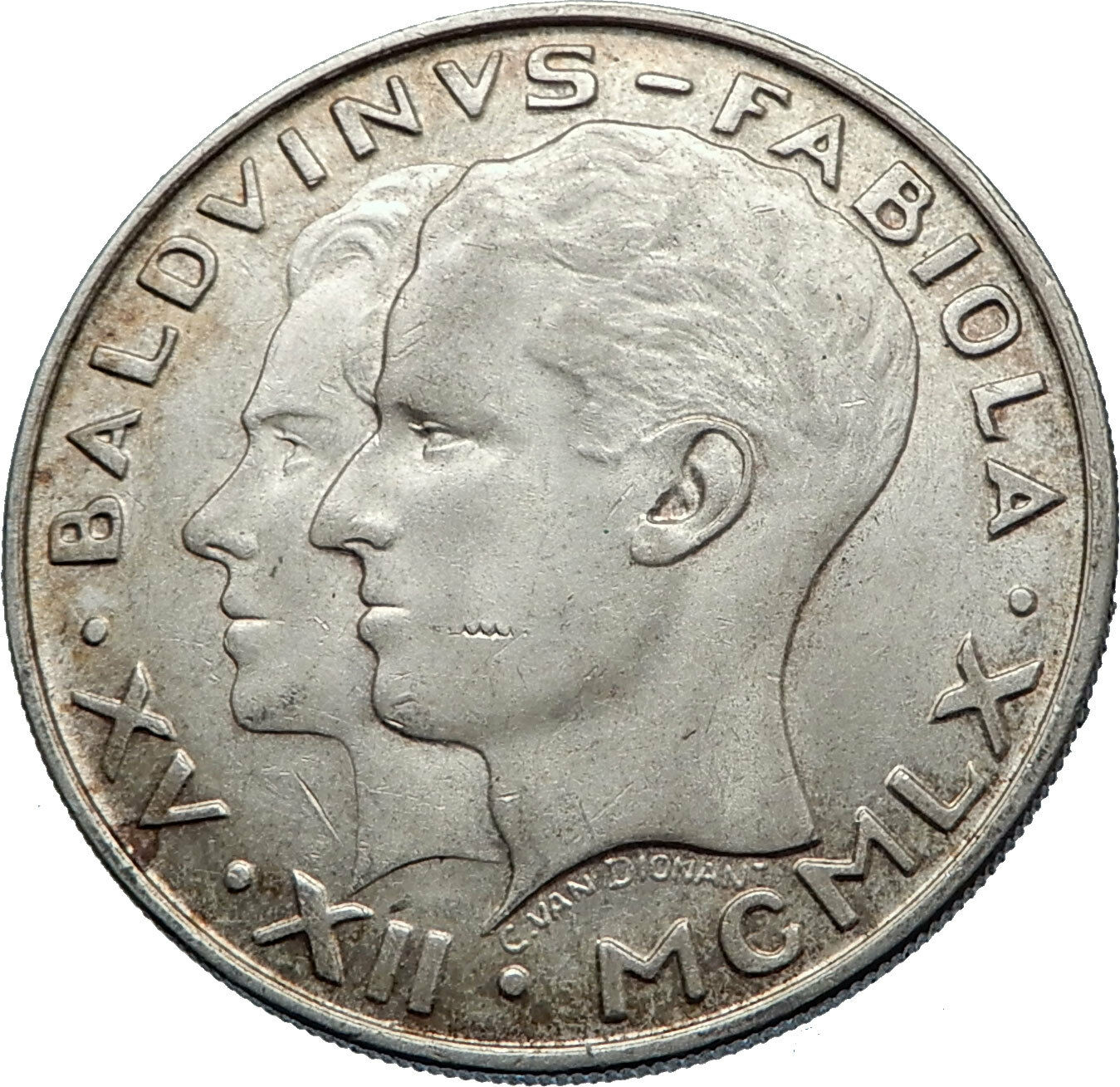|
Belgium
The Four Belgian Kings
1950 Silver 100 Francs (100 Frank) 32mm (18.09 grams) 0.835 Silver (0.4801 oz. ASW)
Reference: KM# 138.1
1950, Heads of Kings Leopold I, Leopold II, Albert I and Leopold III facing left. Crown dividing date above. 5-pointed star below.
100 FRs BELGIQUE, Crowned coat of arms.
You are bidding on the exact item pictured, provided with a Certificate of Authenticity and Lifetime Guarantee of Authenticity.
.jpg/220px-Leopold_I_of_Belgium_(2).jpg) Leopold I (French: Léopold Ier, German and Dutch: Leopold I; 16 December 1790 in Coburg – 10 December 1865 in Laeken) was a German prince who became the first King of the Belgians following Belgian independence in 1830. He reigned between July 1831 and December 1865. Leopold I (French: Léopold Ier, German and Dutch: Leopold I; 16 December 1790 in Coburg – 10 December 1865 in Laeken) was a German prince who became the first King of the Belgians following Belgian independence in 1830. He reigned between July 1831 and December 1865.
Born into the ruling family of the small German duchy of Saxe-Coburg-Saalfeld, Leopold took a commission in the Imperial Russian Army and fought against Napoleon after French troops overran Saxe-Coburg during the Napoleonic Wars. After Napoleon’s defeat, Leopold moved to the United Kingdom where he married Princess Charlotte of Wales, the only child of the Prince Regent (the future King George IV), thus situating himself as close as possible to the future sovereign of the United Kingdom. Charlotte died in 1817, but Leopold continued to enjoy considerable status in Britain.
After the Greek War of Independence (1821-32), Leopold was offered the position of King of Greece but turned it down, believing it to be too precarious. Instead, Leopold accepted the kingship of the newly established Kingdom of Belgium in 1831. The Belgian government offered the position to Leopold because of his diplomatic connections with royal houses across Europe. In addition, because he was seen as a British-backed candidate, he was not affiliated to other powers, such as France, which were believed to have territorial ambitions in Belgium which might threaten the European balance of power created by the 1815 Congress of Vienna.
Leopold took his oath as King of the Belgians on 21 July 1831, an event commemorated annually as Belgian National Day. His reign was marked by attempts by the Dutch to recapture Belgium and, later, by internal political division between liberals and Catholics. As a Protestant, Leopold was considered liberal and encouraged economic modernisation, playing an important role in encouraging the creation of Belgium’s first railway in 1835 and subsequent industrialisation. As a result of the ambiguities in the Belgian Constitution, Leopold was able to slightly expand the monarch’s powers during his reign. He also played an important role in stopping the spread of the Revolutions of 1848 into Belgium. He died in 1865 and was succeeded by his son, Leopold II.
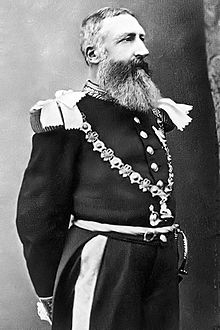 Leopold II (9 April 1835 – 17 December 1909) reigned as the second King of the Belgians from 1865 to 1909 and became known for the founding and exploitation of the Congo Free State as a private venture. Leopold II (9 April 1835 – 17 December 1909) reigned as the second King of the Belgians from 1865 to 1909 and became known for the founding and exploitation of the Congo Free State as a private venture.
Born in Brussels as the second (but eldest surviving) son of Leopold I and Louise of Orléans, he succeeded his father to the Belgian throne in 1865 and reigned for forty-four years until his death – the longest reign of any Belgian monarch. He died without surviving male issue and the current Belgian king descends from his nephew and successor, Albert I.
Leopold became the founder and sole owner of the Congo Free State, a private project undertaken on his own behalf. He used explorer Henry Morton Stanley to help him lay claim to the Congo, the present-day Democratic Republic of the Congo. At the Berlin Conference of 1884-1885 the colonial nations of Europe authorized his claim by committing the Congo Free State to improving the lives of the native inhabitants. From the beginning, however, Leopold essentially ignored these conditions. He ran the Congo using the mercenary Force Publique for his personal enrichment. He used great sums of the money from this exploitation for public and private construction projects in Belgium during this period. He donated the private buildings to the state before his death, to preserve them for Belgium.
Under his regime millions of the Congolese people died: modern estimates range from one million to fifteen million, with a consensus growing around 10 million. Human-rights abuses under his régime contributed significantly to these deaths. Reports of deaths and abuse led to a major international scandal in the early twentieth century and the Belgian government ultimately forced Leopold to relinquish control of the colony to Belgian civil administration in 1908.
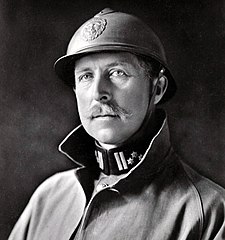 Albert I (8 April 1875 – 17 February 1934) reigned as the third King of the Belgians from 1909 to 1934. This was an eventful period in the history of Belgium, which included the period of World War I (1914-1918), when 90 percent of Belgium was overrun, occupied, and ruled by the German Empire. Other crucial issues included the adoption of the Treaty of Versailles, the ruling of the Belgian Congo as an overseas possession of the Kingdom of Belgium along with the League of Nations mandate of Ruanda-Urundi, the reconstruction of Belgium following the war, and the first five years of the Great Depression (1929-1934). King Albert died in a mountaineering accident in eastern Belgium in 1934, at the age of 58, and he was succeeded by his son Leopold. Albert I (8 April 1875 – 17 February 1934) reigned as the third King of the Belgians from 1909 to 1934. This was an eventful period in the history of Belgium, which included the period of World War I (1914-1918), when 90 percent of Belgium was overrun, occupied, and ruled by the German Empire. Other crucial issues included the adoption of the Treaty of Versailles, the ruling of the Belgian Congo as an overseas possession of the Kingdom of Belgium along with the League of Nations mandate of Ruanda-Urundi, the reconstruction of Belgium following the war, and the first five years of the Great Depression (1929-1934). King Albert died in a mountaineering accident in eastern Belgium in 1934, at the age of 58, and he was succeeded by his son Leopold.
.jpg/220px-Leopold_III_van_België_(1934).jpg) Leopold III (3 November 1901 – 25 September 1983) reigned as the fourth King of the Belgians from 1934 until 1951, when he abdicated in favour of the heir apparent, his son Baudouin. From 1944 until 1950, Leopold’s brother, Charles, served as prince regent while Leopold was declared unable to reign. Leopold’s controversial actions during the Second World War resulted in a political crisis known as the Royal Question. In 1950, the debate about whether Leopold could resume his royal functions escalated. Following a referendum, Leopold was allowed to return from exile to Belgium, but the continuing political instability pressured him to abdicate in 1951. Leopold III (3 November 1901 – 25 September 1983) reigned as the fourth King of the Belgians from 1934 until 1951, when he abdicated in favour of the heir apparent, his son Baudouin. From 1944 until 1950, Leopold’s brother, Charles, served as prince regent while Leopold was declared unable to reign. Leopold’s controversial actions during the Second World War resulted in a political crisis known as the Royal Question. In 1950, the debate about whether Leopold could resume his royal functions escalated. Following a referendum, Leopold was allowed to return from exile to Belgium, but the continuing political instability pressured him to abdicate in 1951.
Leopold was born in Brussels and succeeded to the throne of Belgium on 23 February 1934 following the death of his father, King Albert I. He was invested as Knight of the Order of the Golden Fleece in Spain in 1923, Grand Cross of the Order of the Tower and Sword (Portugal) in 1927 and Knight of the Order of the Garter (United Kingdom) in 1935.
Belgium, officially the Kingdom of Belgium, is a sovereign state in Western Europe. It is a small, densely populated country which covers an area of 30,528 square kilometres (11,787 sq mi) and has a population of about 11 million people.
 Straddling the cultural boundary between Germanic and Latin Europe, Belgium is home to two main linguistic groups: the Dutch-speaking, mostly Flemish community, which constitutes about 59% of the population, and the French-speaking, mostly Walloon population, which comprises 41% of all Belgians. Additionally, there is a small group of German-speakers who live in the East Cantons located around the High Fens area, and bordering Germany. Straddling the cultural boundary between Germanic and Latin Europe, Belgium is home to two main linguistic groups: the Dutch-speaking, mostly Flemish community, which constitutes about 59% of the population, and the French-speaking, mostly Walloon population, which comprises 41% of all Belgians. Additionally, there is a small group of German-speakers who live in the East Cantons located around the High Fens area, and bordering Germany.
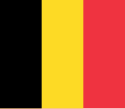 Belgium is a federal constitutional monarchy with a parliamentary system of governance. It is divided into three regions and three communities, that exist next to each other. Its two largest regions are the Dutch-speaking region of Flanders in the north and the French-speaking southern region of Wallonia. The Brussels-Capital Region, officially bilingual, is a mostly French-speaking enclave within the Flemish Region. A German-speaking Community exists in eastern Wallonia. Belgium’s linguistic diversity and related political conflicts are reflected in its political history and complex system of government. Belgium is a federal constitutional monarchy with a parliamentary system of governance. It is divided into three regions and three communities, that exist next to each other. Its two largest regions are the Dutch-speaking region of Flanders in the north and the French-speaking southern region of Wallonia. The Brussels-Capital Region, officially bilingual, is a mostly French-speaking enclave within the Flemish Region. A German-speaking Community exists in eastern Wallonia. Belgium’s linguistic diversity and related political conflicts are reflected in its political history and complex system of government.
 Historically, Belgium, the Netherlands and Luxembourg were known as the Low Countries; it once covered a somewhat larger area than the current Benelux group of states. The region was called Belgica in Latin, after the Roman province of Gallia Belgica. From the end of the Middle Ages until the 17th century, the area of Belgium was a prosperous and cosmopolitan centre of commerce and culture. From the 16th century until the Belgian Revolution in 1830, when Belgium seceded from the Netherlands, the area of Belgium served as the battleground between many European powers, causing it to be dubbed the “Battlefield of Europe,” a reputation strengthened by both world wars. Historically, Belgium, the Netherlands and Luxembourg were known as the Low Countries; it once covered a somewhat larger area than the current Benelux group of states. The region was called Belgica in Latin, after the Roman province of Gallia Belgica. From the end of the Middle Ages until the 17th century, the area of Belgium was a prosperous and cosmopolitan centre of commerce and culture. From the 16th century until the Belgian Revolution in 1830, when Belgium seceded from the Netherlands, the area of Belgium served as the battleground between many European powers, causing it to be dubbed the “Battlefield of Europe,” a reputation strengthened by both world wars.
Upon its independence, Belgium participated in the Industrial Revolution and, during the course of the 20th century, possessed a number of colonies in Africa. The second half of the 20th century was marked by rising tensions between the Dutch-speaking and the French-speaking citizens fueled by differences in language and the unequal economic development of Flanders and Wallonia. This continuing antagonism has led to several far-reaching reforms, resulting in a transition from a unitary to a federal arrangement during the period from 1970 to 1993. Despite the reforms, tensions between the groups remain; the formation of a coalition government took 18 months following the June 2010 federal election.
Belgium is a founding member of the European Union, Eurozone, NATO, OECD and WTO, and a part of the trilateral Benelux Union. Its capital, Brussels, hosts several of the EU’s official seats as well as the headquarters of many major international organizations such as NATO. Belgium is also a part of the Schengen Area.
Belgium is a developed country, with an advanced high-income economy and is categorized as “very high” in the Human Development Index.
|





.jpg/220px-Leopold_I_of_Belgium_(2).jpg) Leopold I (French: Léopold Ier, German and Dutch: Leopold I; 16 December 1790 in Coburg – 10 December 1865 in Laeken) was a German prince who became the first King of the Belgians following Belgian independence in 1830. He reigned between July 1831 and December 1865.
Leopold I (French: Léopold Ier, German and Dutch: Leopold I; 16 December 1790 in Coburg – 10 December 1865 in Laeken) was a German prince who became the first King of the Belgians following Belgian independence in 1830. He reigned between July 1831 and December 1865. Leopold II (9 April 1835 – 17 December 1909) reigned as the second King of the Belgians from 1865 to 1909 and became known for the founding and exploitation of the Congo Free State as a private venture.
Leopold II (9 April 1835 – 17 December 1909) reigned as the second King of the Belgians from 1865 to 1909 and became known for the founding and exploitation of the Congo Free State as a private venture. Albert I (8 April 1875 – 17 February 1934) reigned as the third King of the Belgians from 1909 to 1934. This was an eventful period in the history of Belgium, which included the period of World War I (1914-1918), when 90 percent of Belgium was overrun, occupied, and ruled by the German Empire. Other crucial issues included the adoption of the Treaty of Versailles, the ruling of the Belgian Congo as an overseas possession of the Kingdom of Belgium along with the League of Nations mandate of Ruanda-Urundi, the reconstruction of Belgium following the war, and the first five years of the Great Depression (1929-1934). King Albert died in a mountaineering accident in eastern Belgium in 1934, at the age of 58, and he was succeeded by his son Leopold.
Albert I (8 April 1875 – 17 February 1934) reigned as the third King of the Belgians from 1909 to 1934. This was an eventful period in the history of Belgium, which included the period of World War I (1914-1918), when 90 percent of Belgium was overrun, occupied, and ruled by the German Empire. Other crucial issues included the adoption of the Treaty of Versailles, the ruling of the Belgian Congo as an overseas possession of the Kingdom of Belgium along with the League of Nations mandate of Ruanda-Urundi, the reconstruction of Belgium following the war, and the first five years of the Great Depression (1929-1934). King Albert died in a mountaineering accident in eastern Belgium in 1934, at the age of 58, and he was succeeded by his son Leopold..jpg/220px-Leopold_III_van_België_(1934).jpg) Leopold III (3 November 1901 – 25 September 1983) reigned as the fourth King of the Belgians from 1934 until 1951, when he abdicated in favour of the heir apparent, his son Baudouin. From 1944 until 1950, Leopold’s brother, Charles, served as prince regent while Leopold was declared unable to reign. Leopold’s controversial actions during the Second World War resulted in a political crisis known as the Royal Question. In 1950, the debate about whether Leopold could resume his royal functions escalated. Following a referendum, Leopold was allowed to return from exile to Belgium, but the continuing political instability pressured him to abdicate in 1951.
Leopold III (3 November 1901 – 25 September 1983) reigned as the fourth King of the Belgians from 1934 until 1951, when he abdicated in favour of the heir apparent, his son Baudouin. From 1944 until 1950, Leopold’s brother, Charles, served as prince regent while Leopold was declared unable to reign. Leopold’s controversial actions during the Second World War resulted in a political crisis known as the Royal Question. In 1950, the debate about whether Leopold could resume his royal functions escalated. Following a referendum, Leopold was allowed to return from exile to Belgium, but the continuing political instability pressured him to abdicate in 1951. Straddling the cultural boundary between Germanic and Latin Europe, Belgium is home to two main linguistic groups: the Dutch-speaking, mostly Flemish community, which constitutes about 59% of the population, and the French-speaking, mostly Walloon population, which comprises 41% of all Belgians. Additionally, there is a small group of German-speakers who live in the East Cantons located around the High Fens area, and bordering Germany.
Straddling the cultural boundary between Germanic and Latin Europe, Belgium is home to two main linguistic groups: the Dutch-speaking, mostly Flemish community, which constitutes about 59% of the population, and the French-speaking, mostly Walloon population, which comprises 41% of all Belgians. Additionally, there is a small group of German-speakers who live in the East Cantons located around the High Fens area, and bordering Germany. Belgium is a federal constitutional monarchy with a parliamentary system of governance. It is divided into three regions and three communities, that exist next to each other. Its two largest regions are the Dutch-speaking region of Flanders in the north and the French-speaking southern region of Wallonia. The Brussels-Capital Region, officially bilingual, is a mostly French-speaking enclave within the Flemish Region. A German-speaking Community exists in eastern Wallonia. Belgium’s linguistic diversity and related political conflicts are reflected in its political history and complex system of government.
Belgium is a federal constitutional monarchy with a parliamentary system of governance. It is divided into three regions and three communities, that exist next to each other. Its two largest regions are the Dutch-speaking region of Flanders in the north and the French-speaking southern region of Wallonia. The Brussels-Capital Region, officially bilingual, is a mostly French-speaking enclave within the Flemish Region. A German-speaking Community exists in eastern Wallonia. Belgium’s linguistic diversity and related political conflicts are reflected in its political history and complex system of government. Historically, Belgium, the Netherlands and Luxembourg were known as the Low Countries; it once covered a somewhat larger area than the current Benelux group of states. The region was called Belgica in Latin, after the Roman province of Gallia Belgica. From the end of the Middle Ages until the 17th century, the area of Belgium was a prosperous and cosmopolitan centre of commerce and culture. From the 16th century until the Belgian Revolution in 1830, when Belgium seceded from the Netherlands, the area of Belgium served as the battleground between many European powers, causing it to be dubbed the “Battlefield of Europe,” a reputation strengthened by both world wars.
Historically, Belgium, the Netherlands and Luxembourg were known as the Low Countries; it once covered a somewhat larger area than the current Benelux group of states. The region was called Belgica in Latin, after the Roman province of Gallia Belgica. From the end of the Middle Ages until the 17th century, the area of Belgium was a prosperous and cosmopolitan centre of commerce and culture. From the 16th century until the Belgian Revolution in 1830, when Belgium seceded from the Netherlands, the area of Belgium served as the battleground between many European powers, causing it to be dubbed the “Battlefield of Europe,” a reputation strengthened by both world wars.

